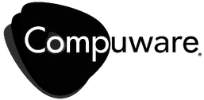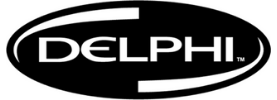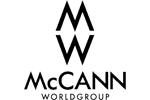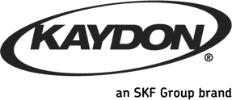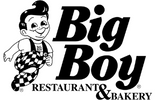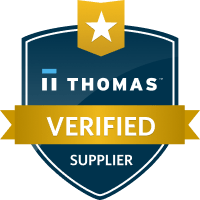
Geographic marketing is a new method of marketing a business and its website through web searches, mobile searches and social media. Geographic marketing incorporates digital tools like local business listings, hyperlocal advertising, managing customer ratings and reviews in order to promote a local store through web searches or mobile searches.
In the traditional sense, the definition of georaphic marketing is the association of data and maps, but the added convergence of local business listings, mobile business marketing, and social media makes this method of local business marketing more powerful than ever before. This local business marketing tool may come across as something for local business, but we have to remember that all business is local. National companies with multiple store locations also have to consider managing the marketing for individual stores at the store level now-a-days and not just at the national level.
We should define what we mean by local business. A local business is any sized business dependent on the local consumer for its revenue. This means you could be a national company like Home Depot, U-Haul, Best Buy, Sherwin-Williams, Discount Tire or you could be a local florist or independent store only known to your local geography within a certain city, state, or near a specific latitude and longitude on the map.
From a technical standpoint, an Internet user’s IP address is tied to GPS data (like its longitude and latitude) which are mapped to geographies around the world down to the city and street level. While all this data may seem overwhelming, the good news is that most businesses do not need to concern themselves with this part of geographic marketing. Many of the tools already have all of this information built into their software or hardware technology, so we can stay focused on how to put these geographic marketing tools to work.
The difficulty with any new business marketing tool is a business’ inability to adopt the methodology early. When it comes to technologies and the Internet, in the past, by the time most businesses are ready to adopt a marketing tool, the industry has already moved on to something new. Being an early or at least an earlier adopter of business marketing methods on the Internet and through digital devices can only benefit the business.
We have seen many signs over the past two years regarding the evolution and growing importance of geographic marketing. When companies like Google, Apple, and the investment community of Wall Street start to put $100+ million and more behind a technology, it will become part of our daily lives whether a business wants it or not. Consumers have and will be using more of these geographic marketing tools to find businesses, services or products near them, therefore, national businesses should be planning to incorporate local store marketing tools early on.
Let’s take a look at the three main tools that consumers are using to find businesses, products or services close to their geography.
1. Web searches are the first and most obvious. These are generally web searches in which a map displays nearby businesses that match the search criteria. Unlike the traditional yellow pages, these geo-listings (a.k.a. Local Business Listings) can be claimed (a requirement to use the local listing as a local business marketing tool) and updated with your business marketing information in order to meet these search criteria.
While this may sound relatively easy, managing local business listings also includes: monitoring consumer reviews; cleaning up duplicate listings; posting coupons and offers; sharing discounts; posting videos and photos; including citations; posting QR bar codes; and incorporating hyper local websites. Understanding what to start with and how to strategically use these components can be done by a professional marketing firm that specializes in this area.
2. Mobile Marketing is the next most significant geographic marketing tool in which SMS Texting, Mobile Applications, Mobile version of your website, and Mobile advertising are your key components. The starting point in this process will be with SMS Texting to get your alerts out to customers that subscribe to your short bursts of information. The reason why this is your starting point is that it will take time to build your list of subscribers.
3. Social Media Marketing continues to evolve and is also geographic in its targeting ability. Consumers are using Twitter, Facebook, LinkedIn, Wiki sites, Four Square, Instant Messaging and other social community tools on their mobile devices. While they use it mostly to find businesses, products and services, in the social communities they are seeking recommendations from their friends (near and far). They are also using these social communities to post their experiences with a business, product or service. For this reason you have to monitor the social communities in order to embrace any potential problem situations and work with them.
These three geographic marketing components are important to any business size – large or small – and each have their own sub-components that need to be well understood in order to succeed. Understanding the local business marketing strategy amongst them; accepting and embracing them early; and, finally planning on a 3-year return will put you on the right path of geographic marketing.
Certainly your time resources are limited and Geographic Marketing Solutions for multi-location companies are provided by SmartFinds Marketing. Let the experts of over 17 years Internet marketing experience help you use this local business marketing tool properly through monthly management marketing services and broadcast data services for mass business data distribution.
SmartFinds Marketing
330 East Maple Road, Suite 503
Birmingham, MI 48009
Tel: (866) 501-5758
Fax: (866) 501-5758
Author: Melih Oztalay




